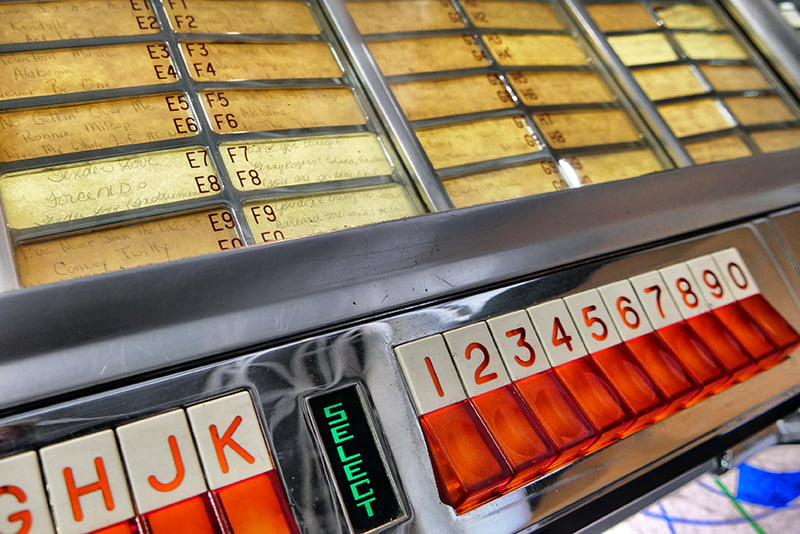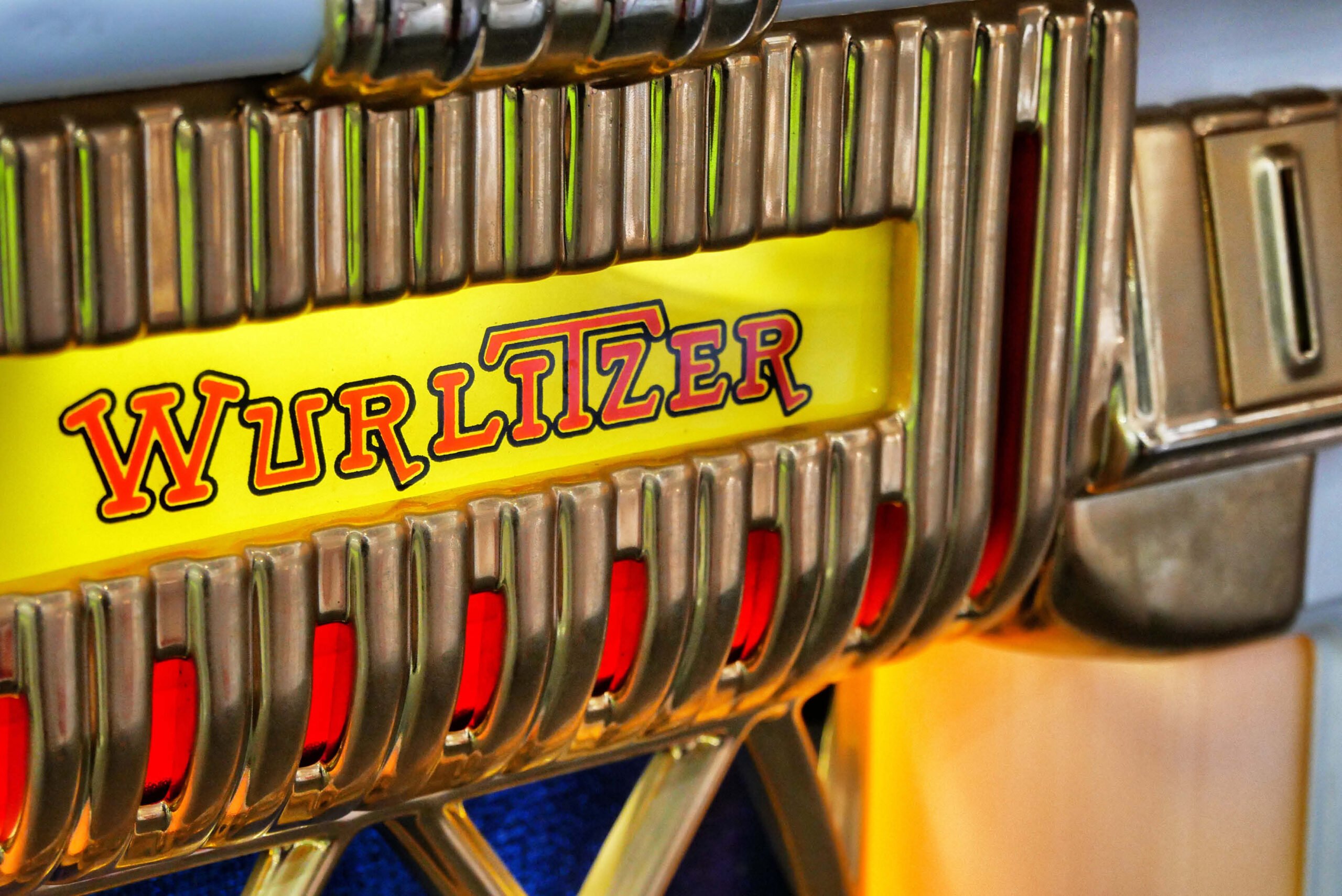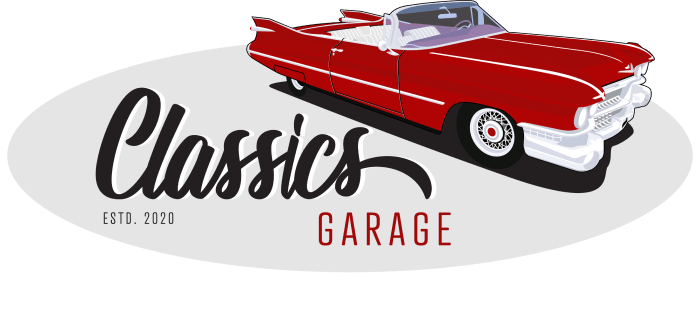Classic car fans are usually fond of the bygone eras that these vehicles came from, and one such bonus from days gone by are icons like the Wurlitzer jukebox.
When World War II was finally declared to be over, the world rejoiced. Thanks to rapid economic growth and a booming birth rate, life was regarded as pretty good. A new generation was coming of age, and American pop culture in particular helped to ensure that everything that came out of the fifties was big.
 As such, many still regard the fifties as the golden age of the United States. From the hair to the clothes to the cars, almost everything born in this era is now regarded as iconic. The diners of the era were regarded as our modern day equivalent of the pub, and young people gathered there in droves for milkshakes, cheeseburgers, showing off their classic cars, and having a dance around one particularly prominent inclusion, the Wurlitzer jukebox. For the latter, how exactly did it work it’s way up to becoming a cultural icon?
As such, many still regard the fifties as the golden age of the United States. From the hair to the clothes to the cars, almost everything born in this era is now regarded as iconic. The diners of the era were regarded as our modern day equivalent of the pub, and young people gathered there in droves for milkshakes, cheeseburgers, showing off their classic cars, and having a dance around one particularly prominent inclusion, the Wurlitzer jukebox. For the latter, how exactly did it work it’s way up to becoming a cultural icon?
The Origins Of The Wurlitzer Jukebox
For the unfamiliar, a jukebox is a partially automated music-playing device, usually in the form of a coin-operated machine, that will play a patron’s selection from self-contained media. A classic jukebox has buttons, which also feature letters and numbers on them that are used to select a specific record, while more modern additions include upgrades such as compact discs or even mP3s, the godfather of these devices is often thought to be the Wurlitzer jukebox.
English migrant Rudolph Wurlitzer made his way to the United States in 1853, and soon started an import business selling instruments to the American government during the events of the Civil War. It wasn’t long until he became the largest instrument supplier in the United States, and through a chain of retail stores in Chicago, he began marketing his own line of pianos. It was actually Wurlitzer that can take the credit for the coin-operated music device phenomenon of the late 1800’s, as he was the first to attach a coin slot to a piano.
Although Rudolph was rapidly gaining traction as one of the biggest manufacturers of musical instruments in the United States, the Wurlitzer jukebox is what he’s arguably most well known for. By 1928, the Wurlitzer family found themselves with a shrinking market and few liquid assets. 1929 saw the events of the Wall Street crash ripple right through their market even further, which reduced the company to consider selling furniture and fridges.
However, Farny Wurlitzer – the youngest son of the firm’s founder – bought himself a patented music box mechanism at the beginning of the thirties. This marked the beginning of the golden era for the Wurlitzer jukebox, and their first models released to the public a short time later played older style shellac records. Marketed as “music for millions”, the Wurlitzer jukebox quickly accounted for 60% of jukebox sales in the United States.
The success of the Wurlitzer jukebox was arguably down to simply having a first rate marketing department. Along with the reliable Simplex record changer, the designs of engineer Paul Fuller quickly made its mark in American pop culture, such as the cabinet styles in the “lightup” design idiom. Another significant factor that helped to cement the success of the Wurlitzer jukebox was the end of the prohibition era in 1933, and the resulting increase in the market for coin-operated music machines in bars and dance halls.

Although Wurlitzer ceded the crown of industry leader to rival jukebox manufacturer Seeburg in the late fifties, those early designs are so iconic that it’s still Wurlitzers that are often used to invoke the rock and roll period in art, film and television. Even today, you might not be familiar with the name Wurlitzer, but there’s a high chance you’ve seen a jukebox modelled on one.
Celebrating Classic Car Culture
Meeting a fellow vintage auto enthusiast can feel a bit like finding a needle in a haystack, but rest assured that Classic’s Garage understands the thrill more than most. Having spent forty years collecting anything and everything from matchbox cars to hub caps, he’s successfully followed his passion to source, collect and stock beautiful and low mileage classic automobiles from around the world. With extensive experience in the automotive industry, it was only a matter of time before Wayne expanded on his love of vintage, iconic vehicles to share his knowledge and passion with the public.
Although his passion is for automobiles built before 1978, with a particular love for Buicks, Cadillacs, Lincolns, Oldsmobiles and even Fords, Wayne is just as passionate about the stories of the owners. Just like the cars, he has found that his fellow classic car enthusiasts all have wildly different attractions and logic behind their passion or hobby, and this often translates into how the car is presented. If it’s even remotely different, rare or just plain unusual, Wayne will overcome the relevant logistical and geographical challenges of bringing the cars to his showroom in Australia.
Classic’s Garage is a showroom conveniently located at Seventeen Mile Rocks, that specialises in the restoration and sales of vintage automobiles. In fact, he’s got a medley of fully restored models in stock right now, which can be viewed online via Wayne’s Collection. If you’re on the hunt for Brisbane classic cars – quite simply, Wayne is your man. If you would like to arrange a viewing or inspect Wayne’s very own Wurlitzer jukebox that resides in the showroom, please get in touch with us today.

